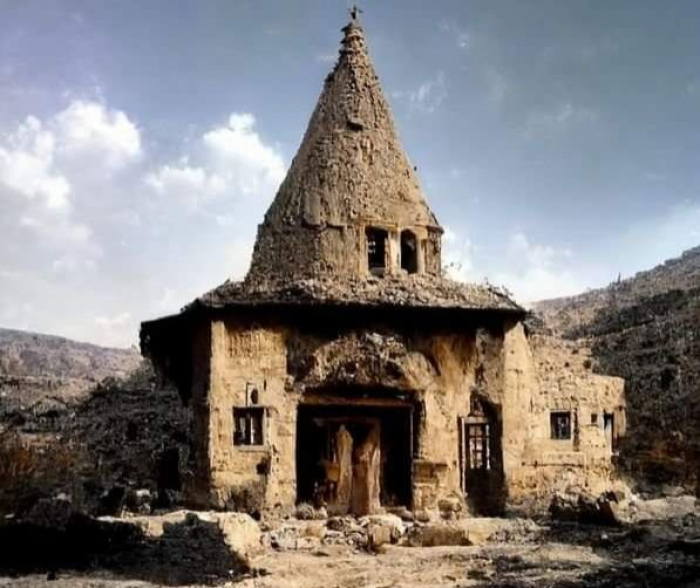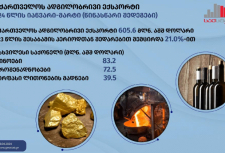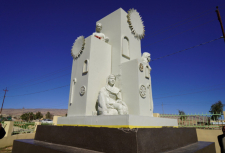Climate change destroys Yazidi historical monuments in Iraq

Iraqi archaeologists and Yazidi activists are concerned about the rapid destruction of Yazidi historical monuments of culture and religion in Iraq due to climate change. In their view, Iraqi cultural heritage, which has survived millennia, is being destroyed and slowly buried under the sand.
Heat, prolonged droughts and sandstorms are destroying Babylonian monuments such as the ruins of Umm Al-Akarib in Dhi Qar province, Shangal and the dilapidated Yazidi Temples. The ruins cover an area of five square kilometers and date back to the 24th century B.C. Until recently, the main threat to the sites was looters, but now the greatest danger is the sand. Some of the oldest civilizations in human history arose between the Tigris and Euphrates rivers, and archaeologists are finding many artifacts there.
According to Yazidi activists, archaeologists have found ancient coins and frescoes depicting Peacock (Tawûsî Melek - one of the angels in the Yazidi religion), as well as sculptures of snake and sun. All found objects are fixed and exported to an unknown destination, making it impossible to trace the arrival point of the artifacts.
Today, desertification is proceeding apace in this area, and sandstorms are provoking physical weathering and the destruction of monuments as an abrasive. Such a problem is multilayered: governmental efforts are needed to curb the growth of deserts, such as the planting of millions of trees, and huge quantities of fresh water are also needed in these areas. Unfortunately, Iraq is not looking good in terms of environmental conditions.
Mlêtê Êzidî
Tags: #yazidisinfo #newsyazidis #aboutyazidis #iraqyazidis
Climate change destroys Yazidi historical monuments in Iraq

Iraqi archaeologists and Yazidi activists are concerned about the rapid destruction of Yazidi historical monuments of culture and religion in Iraq due to climate change. In their view, Iraqi cultural heritage, which has survived millennia, is being destroyed and slowly buried under the sand.
Heat, prolonged droughts and sandstorms are destroying Babylonian monuments such as the ruins of Umm Al-Akarib in Dhi Qar province, Shangal and the dilapidated Yazidi Temples. The ruins cover an area of five square kilometers and date back to the 24th century B.C. Until recently, the main threat to the sites was looters, but now the greatest danger is the sand. Some of the oldest civilizations in human history arose between the Tigris and Euphrates rivers, and archaeologists are finding many artifacts there.
According to Yazidi activists, archaeologists have found ancient coins and frescoes depicting Peacock (Tawûsî Melek - one of the angels in the Yazidi religion), as well as sculptures of snake and sun. All found objects are fixed and exported to an unknown destination, making it impossible to trace the arrival point of the artifacts.
Today, desertification is proceeding apace in this area, and sandstorms are provoking physical weathering and the destruction of monuments as an abrasive. Such a problem is multilayered: governmental efforts are needed to curb the growth of deserts, such as the planting of millions of trees, and huge quantities of fresh water are also needed in these areas. Unfortunately, Iraq is not looking good in terms of environmental conditions.
Mlêtê Êzidî
Tags: #yazidisinfo #newsyazidis #aboutyazidis #iraqyazidis

























